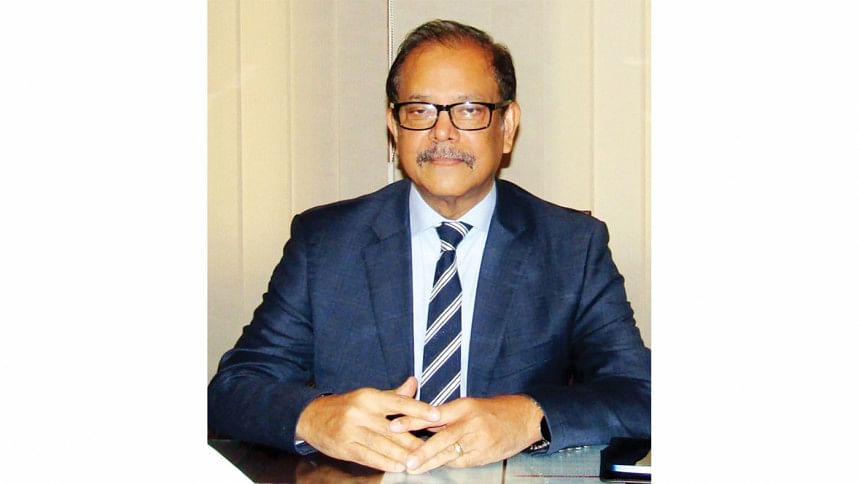Indo-Bangla trade in rupee to benefit Bangladesh: MCCI

The introduction of the Indian currency in settling transactions of bilateral commerce will cut Bangladesh's reliance on the US dollar and deepen two-way trade, said a top chamber yesterday.
Currently, both payments and receipts for international trade are carried out in the US dollar, the leading reserve currency of the Bangladesh Bank.
However, after the outbreak of the Russia-Ukraine war in February last year, payments for international goods and services have been affected because of a dollar shortage in many countries and the ban on the use of global payments network SWIFT while settling transactions with Russia.
Bangladesh, a major player in international trade, is also facing a shortage of the US dollar as its foreign exchange reserve level has plunged amid higher import bills against moderate remittance and export receipts.
"We, from the MCCI, suggested the central bank introduce a second currency in our international trade, like trading with India in the rupee," said Md Saiful Islam, president of the Metropolitan Chamber of Commerce and Industry (MCCI), in an interview.
The MCCI, the oldest chamber in Bangladesh, was the first local trade body to formally propose the BB introduce the rupee trade as the forex reserve level has kept falling.
The reserve has fallen by about 28 per cent in the past one year.
Last month, BB Governor Abdur Rouf Talukder said Bangladesh is looking to carry out trades with India in the rupee up to the level that is covered by the export earnings from the country.
Bangladesh's imports from India far outweigh exports to the country. Its exports stand at $2 billion against imports of $18 billion through official channels.
If the trades through the unofficial channel are added, imports would go up to $27 billion, Talukder had said. "We are trying to execute trades in the Indian currency. This will allow us to minimise exchange rate losses."
According to Islam, the trading in the rupee would ease the doing of business for local traders as they would not need to buy the US dollar.
Bangladesh is not the lone country that is seeking to settle trade in the rupee.
All the members of the Asian Clearing Union, which includes all South Asian countries as well as Iran and Myanmar, have reached a consensus to settle trade in local currencies, including the rupee, to reduce dependence on the US dollar and the euro, according to a Bloomberg article recently.
And the MCCI chief said a second currency can move freely among the countries under the South Asian Association of Regional Cooperation and can strengthen regional trade.
"In the future, trade with India can go up," he said.
Islam said there are two avenues where local currencies could be employed, thus cutting the dependence on the use US dollar.
India paid Bangladesh more than $8 billion under its line of credit and many Indian nationals are employed in the country drawing salaries nearly $5 billion a year in foreign currencies, he said.
If the payments for the loans and the payments to the Indian nationals may be done in local currencies, it will ease pressure on the reserve, he said.
If the economy of Bangladesh performs strongly and bilateral trade rises, the use of local currencies will go a long way and the new trading arrangement will be sustainable, he said.
Islam said since many countries are trying to move away from the US dollar, Bangladesh may think accordingly and be part of the new world order.
Bangladesh's joining to the bloc named BRICS, which comprises Brazil, Russia, India, China and South Africa, will help the country's trade, he said.
China and India are the two largest trading partners of Bangladesh when it comes to imports.
Islam said the launching of a BRICS currency would also help decrease reliance on the US dollar, he said.

 For all latest news, follow The Daily Star's Google News channel.
For all latest news, follow The Daily Star's Google News channel. 



Comments